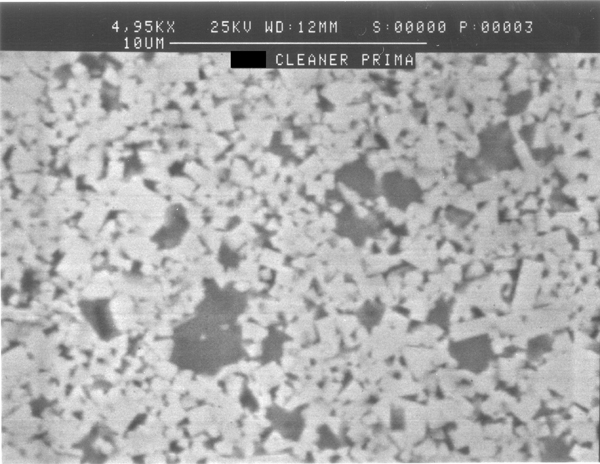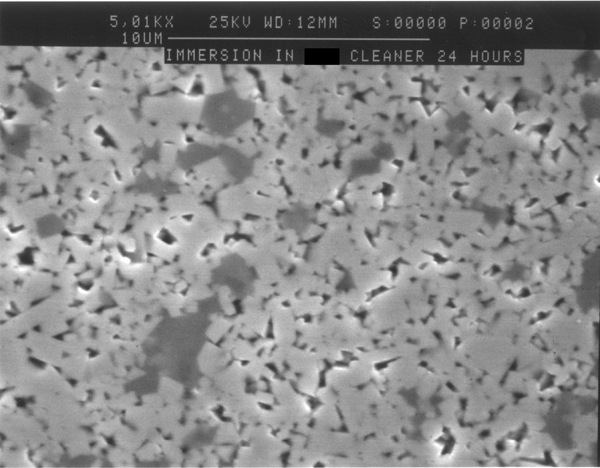
Originally Posted by
Tom Walz

As near as I can tell this all started with some of my research. In 1997 I was granted U.S. Patent Number 5,624,626. I
Tom,
I assure you that my admonishments against using caustics predate your patent by a number of years and those from Freud in general by a number of decades. Being a manufacturer of carbide gives us a little knowledge about it. Here are some photos from our SEM showing the damage from 24 hours of soaking in a popular commercial cleaner (which will remain unnamed) that is less caustic than oven cleaner:
Before:

After:

Last edited by Charles McCracken; 04-04-2008 at 5:22 PM.
Charles M
Freud America, Inc.






 Reply With Quote
Reply With Quote


